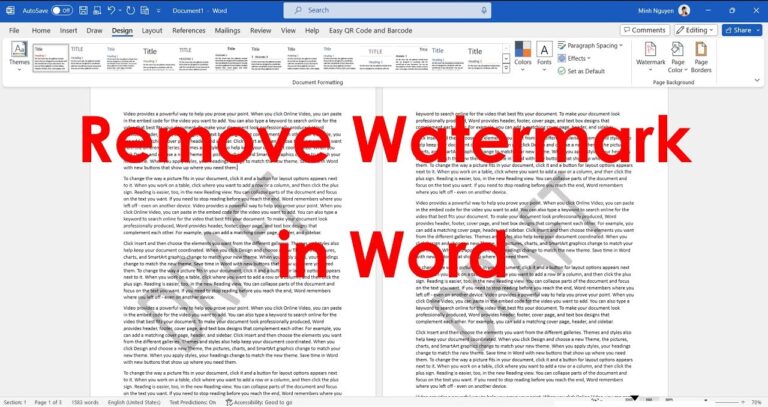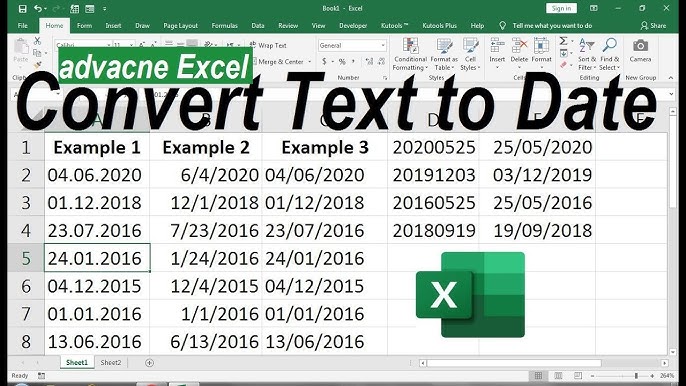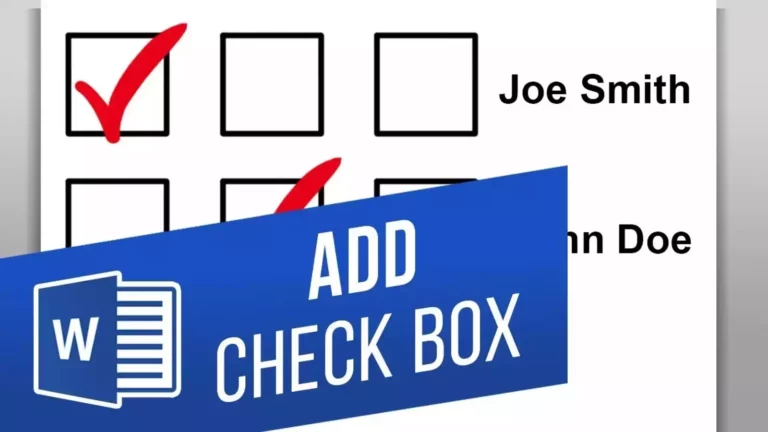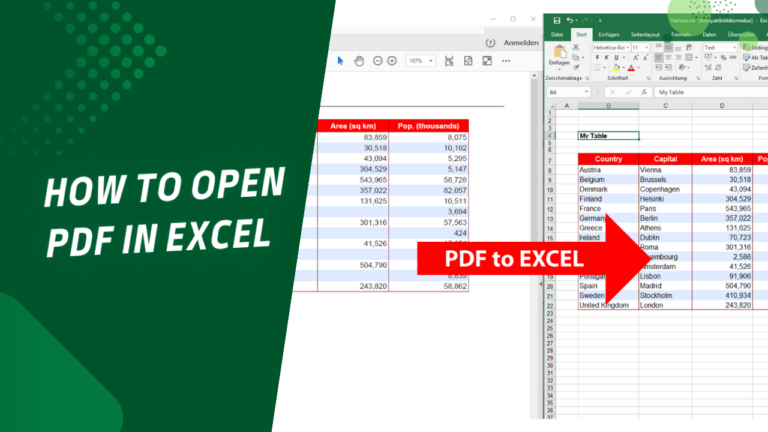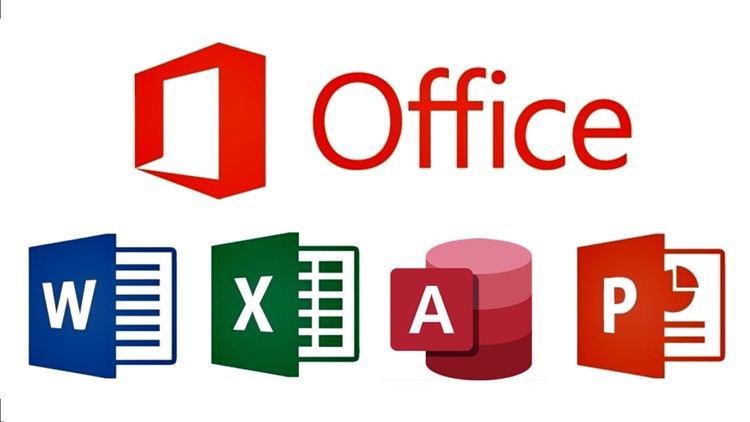A statement of work is a blueprint of how a certain project is supposed to be carried out. It consists of every necessary element (or activity) and process regarding what has to be done and when it has to be done. It is the foundation of any good end product you wish to achieve.
However, just as a recipe, it may be remembered that a good or bad SOW can define a project. It makes sense to think that if there are no clear separate goals with good time definitions, people would get confused or start overlapping the initial project boundaries.
Here, we have articulated the step-by-step process of writing a good SOW as an independent contractor.
What Is a Statement of Work?
In a business context, SOW is a schedule that defines the work to be done, when it will be done, and what is expected at the project’s end. This document is written to make sure the project’s details and scope are clear to everyone involved. While the actual contract’s presence explains the project’s legal terms, the SOW goes further to delve into.
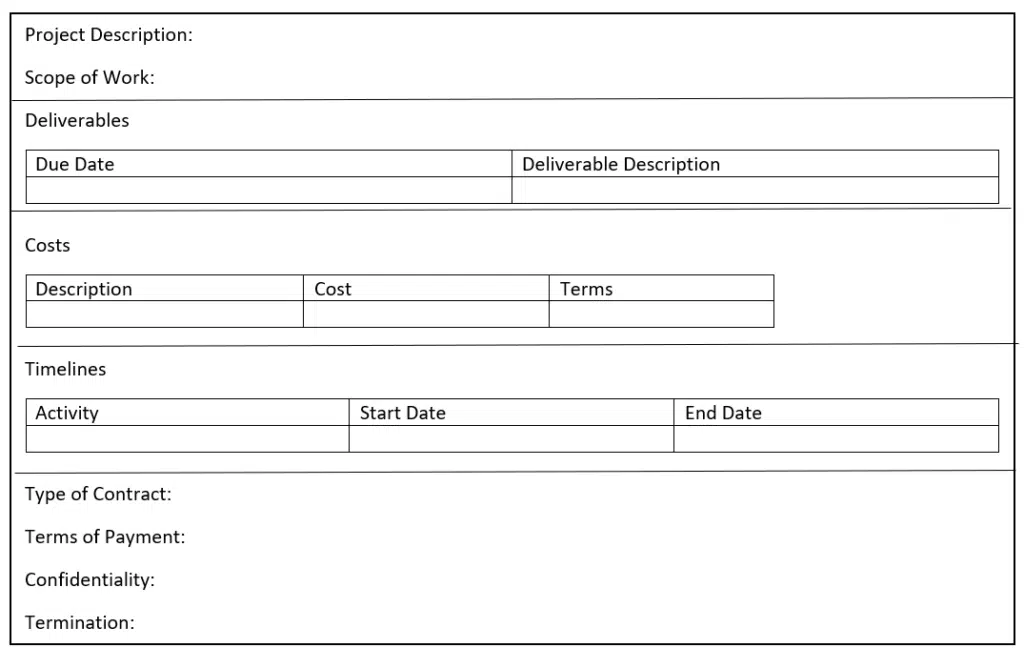
To establish any kind of SOW, you must first collect all this information. This includes the Client requirements, areas of work, and special provisions. It should also include deliverables or expected steps to check whether the project is on track.
It also sets out how the SOW defines the acceptance of those deliverables. For instance, a SOW describing a website for a client may state that the site must include five pages. The good thing is that when one itemizes these details, both you and the client will be able to agree that your work meets the said standard.
An SOW ensures that all the members of that particular project team and other stakeholders understand things the same way as the communicator at every project stage. It diminishes cases of misunderstandings and conflicts. It assists the project in finishing up on time and within the set budget, resulting in better results.
Statement of Work Versus Scope of Work
The scope of work is one of the components of the SOW. It provides direction on the work required to manage the project that the general framework failed to address. The aim is to ensure that, at some point, the client does not request again for the provision of something you both agreed upon.
The only difference one can (Note: I meant difference but realized typing too fast) find between an SOW and a scope of work is that the latter is usually less detailed than the former. In more detail, an SOW can include goals, objectives, outcomes, budget and payment information, and other related legal issues. However, a work description emphasizes work content instead of the process or method of accomplishing it.
For instance, the website development project’s scope of work would include designing the front end and pages. If the client asked that you also design an e-commerce system, you could refer to the scope to brief him that it was not covered. From there, you can either decline the additional tasks or negotiate an amendment to the SOW on matters of extra pay.
How To Write a Statement of Work
Here’s everything you need to include in a SOW:

1. Introduce the Project
The project should be introduced in the initial stage. List the bare notions of what is expected and who will be implicated. This will reveal the project’s mission and objectives, or vision and mission, in a blink of an eye.
2. Define the Vision
Then, come up with a project vision. What’s the goal? Who benefits? Ensure that all participants know why they are doing what they are doing and what they want to get out of it at the end of the day/week.
3. Set the Project Requirements
Enumerate all the specifications for the project, features or end results of the project, and what they should be. That is when it helps to break things down, especially if a lot needs to be delivered.
4. Define the Scope
Identify and fine-tune the project scope. Who and what are in, and who and what are out? It avoids adding unwanted features and functionalities, which keeps the project narrow and on track.
5. Set the Deadline
Make sure the project has a deadline. In what time frame does the project have to be accomplished? A project timeline is essential since it keeps people on the right path and protects a project from drifting off course.
6. Allocate Key Resources
Determine and assign value-appropriated resources suitable for the project. Will you be able to do the whole project, or will you require staff? What are the requirements needed to facilitate the technological process? Are these already with you, or does the client have to make a purchase? Who gets what is a critical success factor, for it determines the quality of resources available to a project.
7. Create the Schedule
The key here will be developing a detailed project schedule. Start by dividing the work into several activities and then set the time box for every activity. This makes planning easier in case something is protracted in terms of time.
8. Specify the Terms of Payment and Due Dates
Describe the terms of payment and the dates they are to be made clear. What and how often do your receivables prefer to be paid by the client? This makes things clear and also assists in eliminating some of the issues that may arise relating to payments.
9. Include Special Requirements
Describe any requirements that have to do with the specific project in hand. These could be certain requirements, accreditation, or programs that an organization must adhere to.
10. Accept and Sign
Lastly, having everyone put what has been agreed on on paper is appropriate. This legalizes the SOW and ensures that everyone has his/her consent regarding the terms and conditions.
Statement of Work Example
Feel free to copy this example as a statement of work for your company. Here is a view of a short SOW for a web development project:
ABC Bakery requires an organization’s website to showcase its products, process online orders, and, most importantly, tell the organization’s story. Web developer Natalie Berkeley will plan and develop a website that will be as easy to navigate as possible. This means that the developer will not pay upkeep after creating the platform.
This project is to improve ABC Bakery’s online store by developing a new official website for the company and making it more responsive. The vision is for the website to look good, be easily navigable, and synchronize with the company’s inventory and order processing systems.
Requirements include:
- A homepage
- 12 product pages
- An Online Shopping System with a secure payment gateway.
- A blog section
- A contact page
- Mobile capabilities
- Adherence to the provisions of the Americans with Disability Act accessibility standards
The project will commence on June 1 and must be submitted by August 31 by 5 PM Eastern Standard Time.
The schedule includes milestones such as:
- Wireframe approval (June 15)
- Design completion (July 15)
- Project development completion date: The projected date to complete the Project’s development is August 15.
- Last of prototype tests and actual deployment (31 August).
There will be no more than two revisions per milestone the developer accepts.
Payment will be divided into three installments: The cost breakdown would be 30 % initially, 40% after the design, and the remaining 30% upon project completion.
Client signature and date:
Freelancer signature and date:
7 Tips for Creating Quality Statements of Work
However, below are several tips that would assist any writer in developing a good and comprehensive SOW.
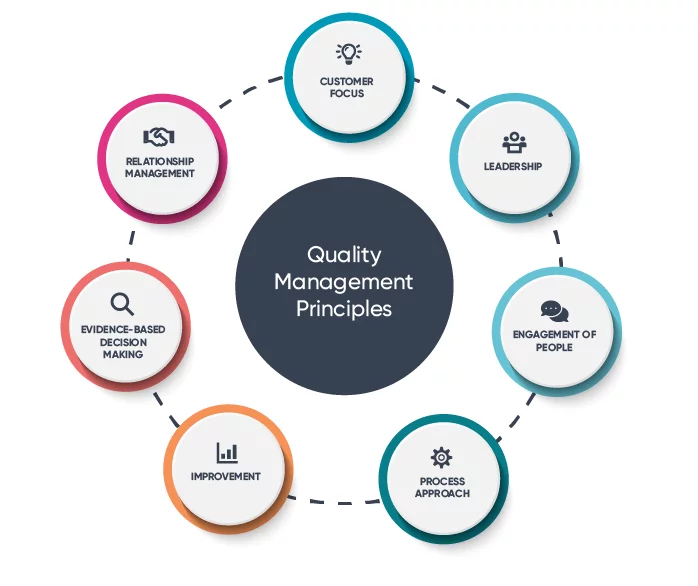
- Be Clear and Thorough. Always write down every aspect to prevent assuming any point because it was left out. Use layman’s language when preparing the SOW to ensure that those who are not conversant with technical terminology can easily read it.
- Section title: Critical Stakeholders and the Project. It must be clear who is doing what in implementing the proposed change. This creates an algebra of responsibility since every participant understands their expectations.
- Provide examples and actual guidance for the readers regarding the procedure for writing the work. Using specific examples while assessing can help define expectations and outcomes, thus helping different players note what is expected of them.
- Prepare the SOW in Advance. It should start early to leave space to prepare the best material. When there is pressure to meet deadlines, there will be some instances where some information may not have been well understood, or some procedures might have been missed.
- Be Consistent. It is important to avoid using the same term and refer to it with another different term in the document. It is therefore advised that repetitiveness is preferred to confusion in contractual language.
- Include Procedures. Describe strategies used for decision-making, change management, and the management of change during the project. For instance, if you are designing jewelry from scratch, and the client disagrees with the initial design, you can provide a second design within the project’s range of services. After that, they pay for further changes as well.
- Don’t Forget to Attach All Reference Information. Ensure all the materials cited are well understood so that ever student can access them. When the client shares a link to their brand guidelines, ensure you have access to it before you sign the SOW.
Create A Standard of Work With Invoice Simple
An SOW will lay the foundation for effective and efficient project implementation when developed meticulously. This will minimize the chance of disagreements and guarantee the project’s completion.
But even after you make it less complicated to finish your project, overhead cannot be easy to trace. Invoice Simple has made tracking expenses very easy. The business expense and receipt tracker lets you capture the key info of any receipt you can scan in a flash. All your expense data is saved in a folder ready for export into a summary report when needed.

